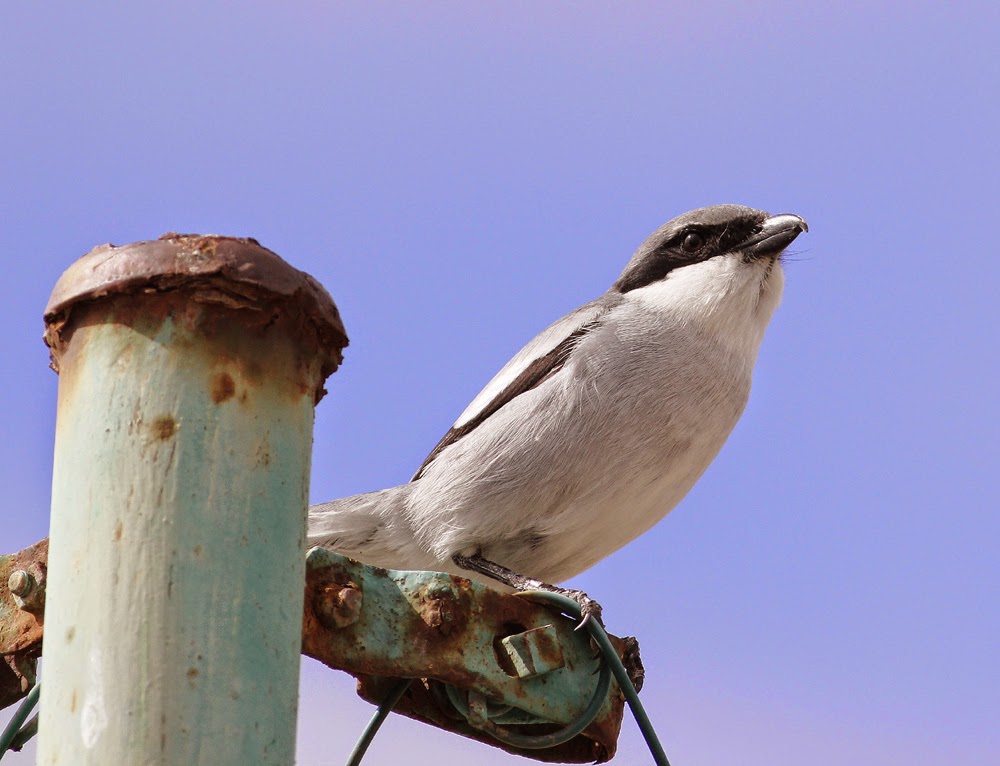Regular readers may not be surprised to hear that Sue and I have escaped the wet and wind of Lancashire to take the winter sunshine of Lanzarote, the northernmost of the Canary Islands, Spain. Don't forget to click on the pictures below for a better view of Lanzarote and its birds.
The Canary Islands
After four hours from Manchester Airport followed by a 10 kilometres drive from Arrecife Airport we’re quickly ensconced in our hotel close to Puerto Calero on the South-West coast of Lanzarote.
The upmarket marina just 500 yards away at Peurto Calero is a great place to unwind, ogle the fabulous (and expensive) boats and boutiques while soaking up a bit of the luxury atmosphere that permeates the whole place. A few hours sat in one of the cafes or restaurants makes for a great place to relax away from the winter gloom of Lancashire.
The Marina, Puerto Calero, Lanzarote
There aren’t too many birds in the immediate area but by including a walk over the headland to Playa Quemada and a slightly different route on the return journey the first couple of days produce a useful number of species. We clocked up Blackcap, Chiffchaff, Desert Grey Shrike, Sandwich Tern, Collared Dove, Spanish Sparrow, Yellow-legged Gull, Common Sandpiper, Berthelot’s Pipit, Little Egret, Kestrel, Linnet and Trumpeter Finch. It’s a sunshine list not to be sniffed at.
Common Sandpiper
Little Egret
Desert Grey Shrike
The Lanzarote Desert Grey Shrike is a bird of open country but also something of a garden bird where it can be found on boundary walls, roofs and often singing from TV aerials.
Desert Grey Shrike
Spanish Sparrow
Berthelot's Pipit
Playa Quemada
Turnstone
We're usually back from our walks for the afternoon when we grab some well earned sunshine.
Hotel Costa Calero, Lanzarote
Although we have a hire car the general idea is to gently relax and explore slowly rather than spend two weeks dashing about the island.
There are several spots in the south and west of the island just a short drive away from base camp. Another day a route takes us through the tranquil town of Yaiza and then towards the salt lagoons, Salinas de Janubio.
Yaiza
A trek around the salt pans of Janubio and the adjacent shore sees a good selection of waders and one or two wildfowl species including Black-necked Grebe, Oystercatcher, Turnstone, Kentish Plover, Greenshank, Redshank, Grey Plover and Little Stint.
Just yards from the shore, the salt pans can often be quite windswept making for a challenge in photographing the very active Black-winged Stilts and the good number of other waders which use the locality.
Black-winged Stilt
Overlooking the salt pans the mirador (viewpoint) café is usually a good spot to see Berthelot’s Pipit, Trumpeter Finch and Spanish Sparrow while sat sampling the local apple pie.
The Mirador - Janubio, Lanzarote
Trumpeter Finch
Apple Pie- Lanzarote Style
That’s all for now but there’s more from Lanzarote very soon, so stay tuned.



















































































